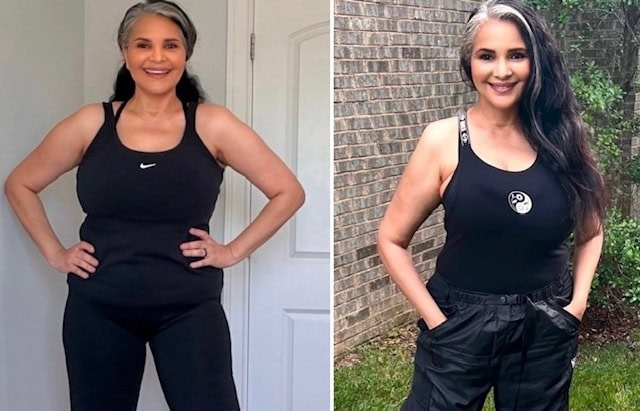What you’ll learn:
- High costs and uncomfortable side effects of traditional GLP-1 medications lead many people to stop using them.
- Microdosing offers a low-dose approach that may minimize side effects, improve tolerance, lead to greater adherence, and have low out-of-pocket costs.
- Noom’s Microdose GLP-1Rx Program includes medical oversight, lifestyle coaching, and flexible dose adjustments starting at just $99 per month.
GLP-1 medications like Wegovy® (semaglutide) and Zepbound (tirzepatide) have changed the way people approach weight loss. These treatments have helped people lose weight when diet and exercise haven’t been enough. But GLP-1s can be expensive, are unlikely to be covered by insurance for many, and require a notable level of commitment.
Microdosing is an alternative that involves taking a prescribed low dose; this is a personalized approach in coordination with a clinician. Doses are usually adjusted every few weeks based on how your body responds. This approach allows for a treatment plan that is personalized to you and can better address concerns around benefits, costs, and side effects. These are all common and important considerations; in fact, among those who do start using GLP-1s, over 50% stop due to costs, and as many as 36% stop due to side effects.
Let’s explore how microdosing works, along with its benefits and potential side effects. Then we’ll introduce Noom’s Microdose GLP-1Rx Program, which offers multiple dosing options to help you lose weight at your own pace—with few side effects and low costs.
How microdosing GLP-1 for weight loss works
GLP-1 medications work for weight loss by mimicking the GLP-1 hormone. This action reduces appetite, slows down digestion so you feel full longer, and helps regulate blood sugar levels. Microdosing works the same way, but at a dose personalized for you, allowing your body to experience the benefits while minimizing potential side effects.
Traditional GLP-1 treatment involves what’s called titration: a process where your doctor gradually increases your dose over several weeks or months until you reach the dose that gives you the most benefits along with the fewest side effects. This gradual approach is designed to help minimize side effects, like nausea or digestive discomfort, and improve how well you tolerate the medication long-term. But even with this slow dose escalation, some people still find that the doses of traditional medicines are too high, resulting in uncomfortable side effects.
Microdosing involves starting with a low dose and only increasing to a fraction, up to 25%, of the standard maintenance dose. This approach stays intentionally low, aiming for a personalized balance between results and tolerability. The goal is to find the dose that delivers meaningful weight loss benefits while keeping side effects manageable and costs more affordable.
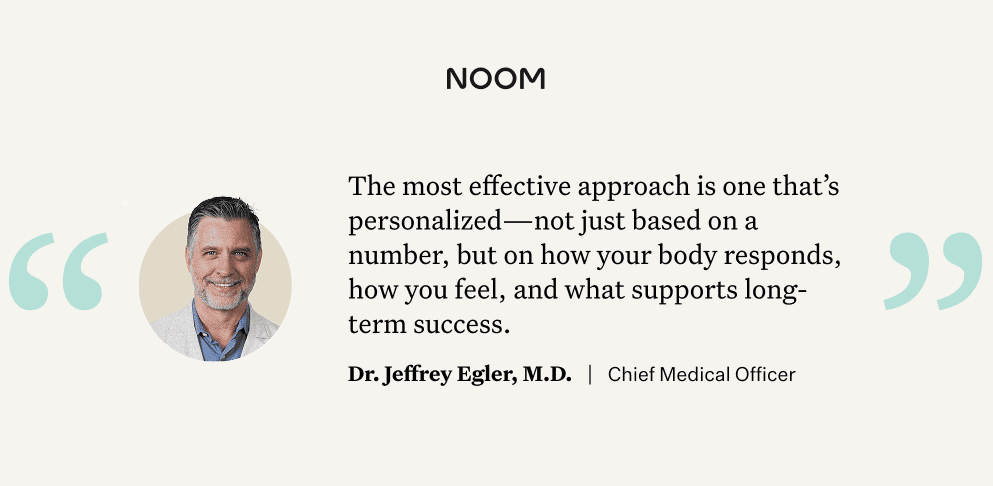
The weight loss benefits of microdosing GLP-1
Research suggests that many don’t need the higher doses of GLP-1 medications to see meaningful results. In one study, participants taking just 1 mg of semaglutide lost an average of 16% of their body weight over 64 weeks—nearly matching results seen with the full 2.4 mg dose. These findings suggest that low doses can still be effective, especially when paired with lifestyle changes like diet and exercise.
“The most effective approach is one that’s personalized—not just based on a number, but on how your body responds, how you feel, and what supports long-term success,” says Dr. Jeffrey Egler, MD, Chief Medical Officer at Noom.
Who is microdosing right for?
Microdosing might be a good choice for people who can’t or don’t want to take the full dose of a GLP-1 for various reasons. Here’s a look at the potential benefits:
- Side effects – Since GI side effects tend to be dose-dependent, low doses may minimize issues like nausea, constipation, or fatigue.
- Improved adherence – Side effects have been called out as a reason that people stop taking a GLP-1. Mild side effects at low doses may make it easier for people to stick with the medication.
- Low costs – Cost can be a big issue for people, especially since weight loss medications are often not covered by insurance. According to a report, around 54% of people who’ve used GLP-1s said the medication was hard to afford, even with insurance.
That’s why the low-dose approach has become such an appealing option. It offers a way to ease in, stay consistent, and get results. If prescribed, the Noom Microdose GLP-1Rx Program starts at just $99 and includes medication, home delivery, 24/7 messaging with your care team, personalized coaching, and habit-building tools to help you stay on track.
Who qualifies for Noom’s Microdose GLP-1Rx Program?
You may qualify for Noom’s Microdose GLP-1Rx Program if your BMI is 25 or higher and you’re looking for a more personalized, low-dose approach to weight management. To see if you are eligible, see if you qualify through Noom Med. Our clinicians will assess your health history and design a plan that’s right for you, including medication if needed.
Rx weight loss, the right way, with Noom
Get access to prescription weight loss medication with Noom.Noom’s Microdose GLP-1Rx Program: How it works and what to expect
Personalization is the foundation of the Noom Microdose GLP-1Rx Program. Instead of following a one-size-fits-all plan, your care team adjusts the dose based on your progress and side effect tolerance. It’s a more thoughtful approach designed to keep treatment manageable and effective.
Microdosing uses a fraction—25% or less—of the standard GLP-1 maintenance dose. In Noom’s microdose program, that means drawing your dose once a week using a vial and syringe, starting at just 0.2 mg and adjusting up to a maximum of 0.6 mg if needed. We’ve shaped every part of this process to drive the best outcome for you, and the next few sections break down exactly how that works.
Dosing and schedule
All GLP-1s used for weight loss follow a step-up dosing schedule. Noom’s Microdose GLP-1Rx Program employs our SmartDose protocol, which takes a gentle approach, using small and sometimes slow increases to help minimize side effects. The dosing chart below outlines the available microdose levels for treatment and the typical next step if your doctor decides to adjust your dose every two weeks.
| Dose (mg) | Next highest dose |
|---|---|
| 0.2 mg | 0.4 mg |
| 0.3 mg | |
| 0.4 mg | 0.6 mg |
| 0.6 mg | Maximum dose |
How dose adjustments are made
Every 2 weeks, progress is assessed and a plan is determined via the SmartDose protocol. This includes both your weight change and any side effects you may be experiencing. These regular check-ins help guide whether your dose should stay the same, increase slightly, or, in some cases, decrease to keep things manageable.
The table below walks through the typical dose adjustment guidance based on how much weight you’ve lost over the two-week period and when to reach out for more support.
| 2-week weight change | Dose adjustment guidance |
|---|---|
| Less than 3 lbs | Increase to the next dose up |
| 3-4 lbs | Stay at current dose |
| 5-8 lbs | Stay at current dose; if more than 5 lbs lost again, lower by 0.2 mg and reach out to your clinician |
| More than 8 lbs | Contact your clinician |
| At or maintaining goal weight | Stay at current dose and contact your clinician |
Is microdosing the right fit for you?
Microdosing may be the right fit if you’re looking for a more manageable, personalized experience with GLP-1s at a low cost. It supports gradual progress, minimizes the risk of side effects, and helps make treatment feel sustainable—physically and financially.
Your provider plays a key role in guiding this process. Through a personalized titration plan, they’ll monitor how your body responds and make thoughtful adjustments to your dose, so you can progress at your own pace without compromising safety.
What are the benefits of slow, small dose adjustments?
One of the biggest advantages of microdosing is that your treatment is tailored to you, and that includes being able to adjust your dose in small, meaningful steps. This gentle, personalized approach can help you avoid uncomfortable side effects and reach your goals at your own pace.
These dose adjustments may be based on:
- Slower or faster than expected weight loss
- Digestive issues that make higher doses hard to tolerate
- Pre-existing conditions like gastroparesis or reflux
- High sensitivity to medications in general
GLP-1 microdosing: Side effects and safety considerations
It’s normal to experience some side effects when starting a GLP-1. These are typically most noticeable in the first few weeks or right after a dose change, and can include nausea, diarrhea, constipation, fatigue, and abdominal pain.
Microdosing can help minimize the risk of those effects by starting at a very low level and increasing the dose gradually.
The result? A steady, comfortable experience that allows you to thrive at each phase of the journey while still experiencing meaningful weight loss.
Microdosing GLP-1: Cost overview
Noom’s Microdose GLP-1Rx Program starts at $99 for your first 3 weeks, and $199 per month after that, with medication included.
With this program, you’ll receive access to GLP-1 medications (if prescribed) along with a full suite of supportive services:
- Full access to the Noom GLP-1 Companion educational program
- 24/7 access to message clinicians and care coordinators
- Noom premium 1:1 health coaching
- Prescription home delivery
There’s a lot to consider when starting GLP-1 medication, but the low cost and low side effect profile of microdosing make it an appealing option for many. Your doctor will help determine if this approach fits your goals and needs.
Frequently asked questions (FAQs) about GLP-1 microdosing
Here are some quick answers to common questions about GLP-1 microdosing, what it involves, and how it can support your goals.
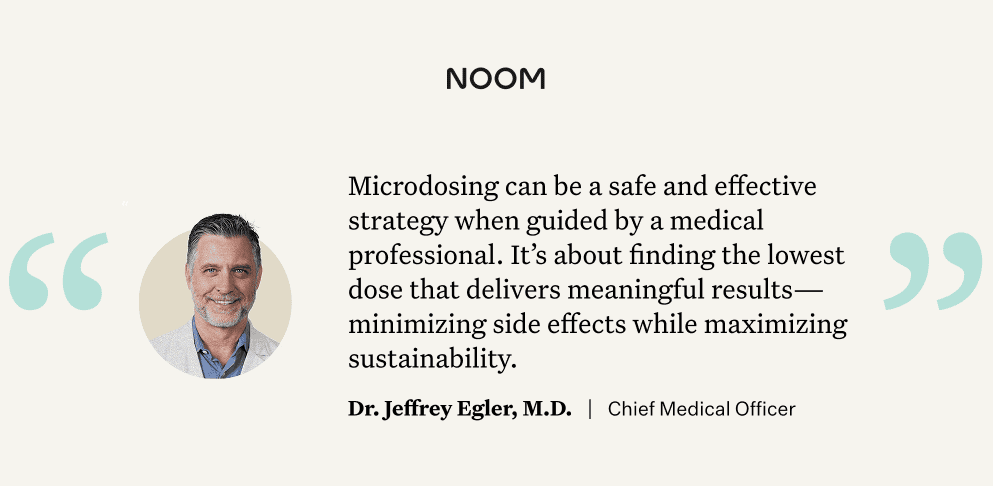
Is microdosing safe?
Because microdosing uses small doses, it may minimize the risk or intensity of side effects, but it still requires clinical oversight to ensure safety and effectiveness.
“Microdosing can be a safe and effective strategy when guided by a medical professional. It’s designed to find the dose that delivers meaningful results—minimizing side effects while maximizing sustainability,” says Dr. Egler.
How is microdosing different from taking a prescription GLP-1?
Microdosing is still a prescription GLP-1, but at a small dose. It’s meant to have low side effects, low costs, and help people ease into using the medication.
What if I don’t lose weight right away?
Everyone responds differently to GLP-1 medication. With microdosing, the goal is to find the dose that works for your body. Your care team will monitor your progress and adjust your dose or support plan as needed to help you stay on track.
Do I need to make lifestyle changes while microdosing?
Microdosing GLP-1s works best when paired with healthy habits around eating, movement, and mindset. Combining medication with behavior change helps support longer-term results. That’s why Noom pairs this approach with our behavioral change program, offering personalized coaching, goal tracking, and science-backed lessons to help you turn short-term progress into lasting success.
The bottom line: How Microdosing GLP-1 can help you lose weight
Microdosing gives you and your doctor more nuanced control over taking a GLP-1 for weight loss. Here’s what makes it stand out:
- Small doses help minimize side effects, so treatment feels comfortable from the beginning.
- Personalized titration lets your care team adjust your plan based on your progress and comfort.
- Low dosing can mean low cost, and that can help you stay on track financially.
- Ongoing medical support ensures your treatment is safe and effective.
Noom’s Microdose GLP-1Rx Program builds that support in from day one. If you qualify and a GLP-1 medication is prescribed, your clinician will help you start at the right dose, monitor your response, and make thoughtful adjustments along the way. It’s a way to approach weight care with confidence, knowing you’re backed by a plan that fits your unique needs.
Why you can trust us
At Noom, we’re committed to providing health information that’s grounded in reliable science and expert review. Our content is created with the support of qualified professionals and based on well-established research from trusted medical and scientific organizations. Learn more about the experts behind our content on our Health Expert Team page.



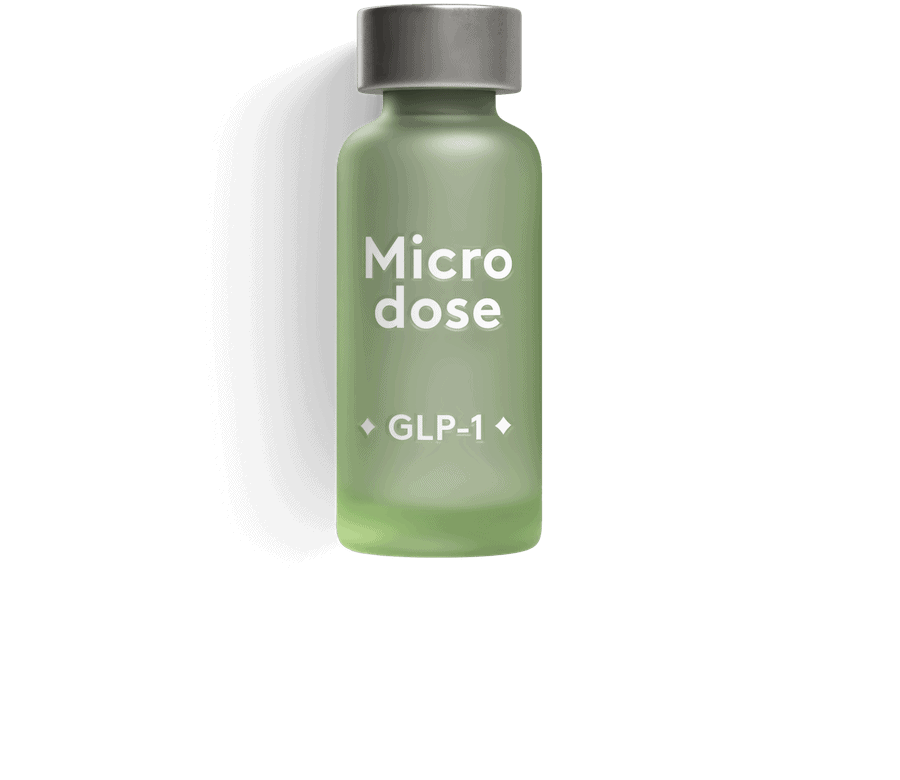
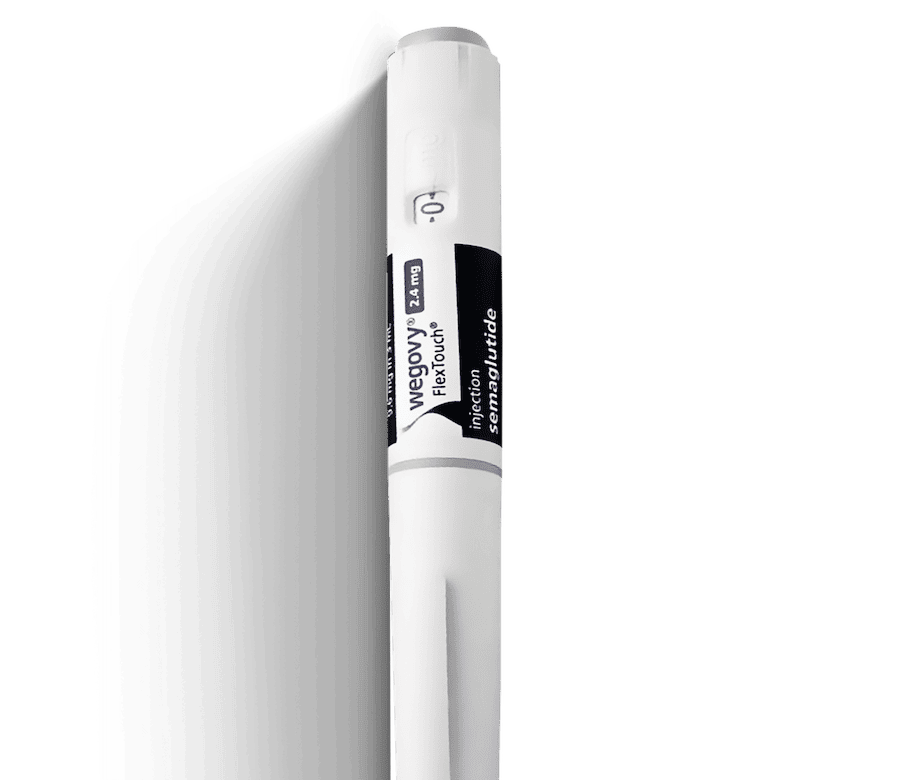
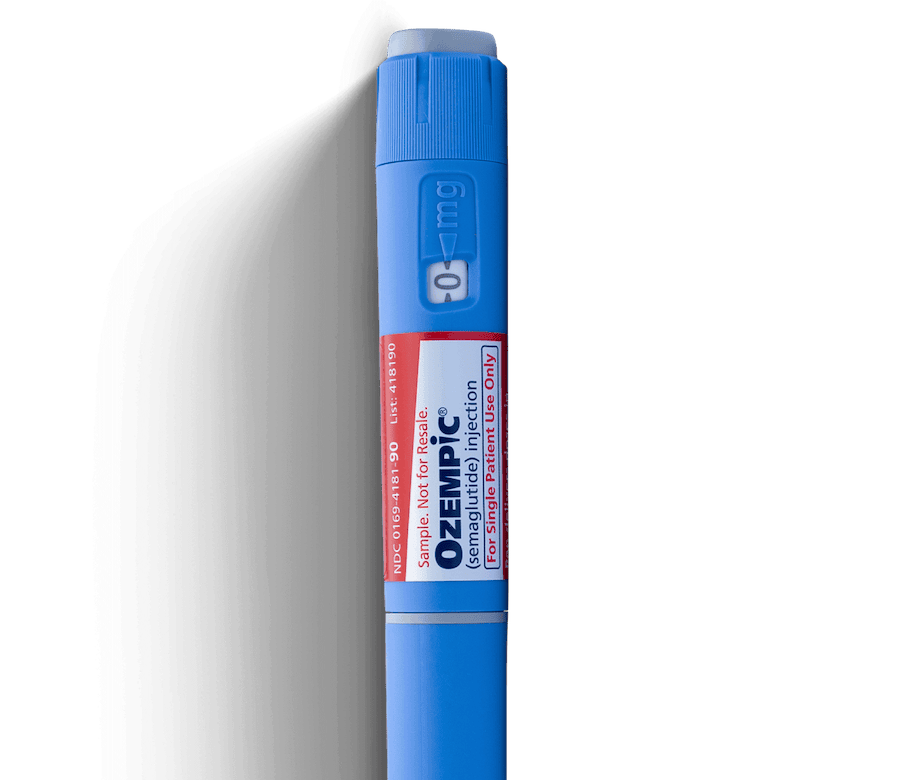


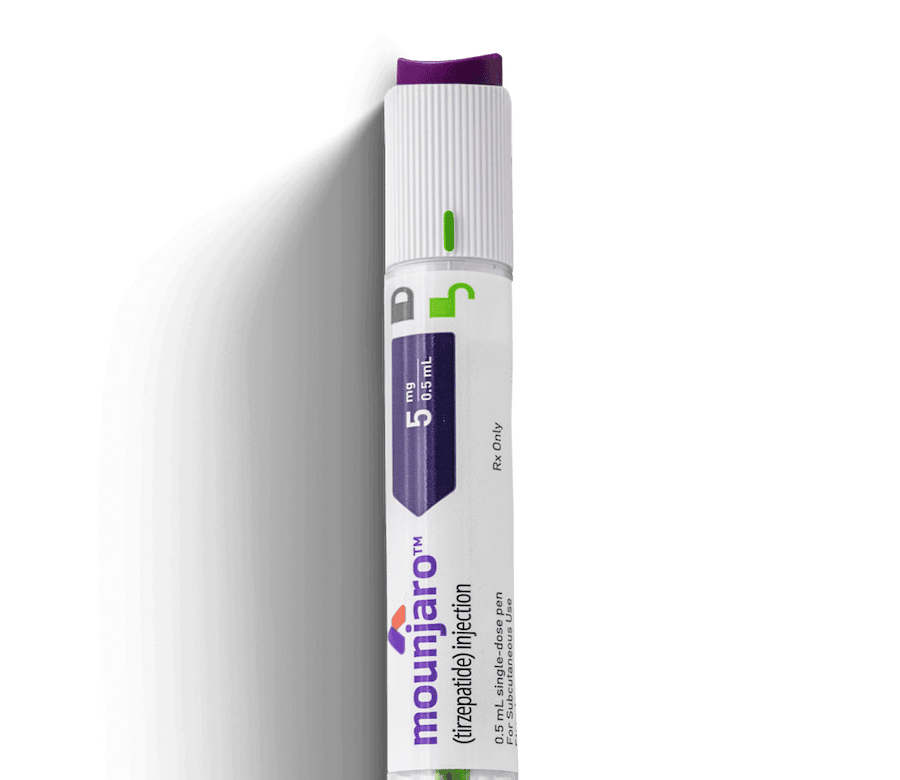
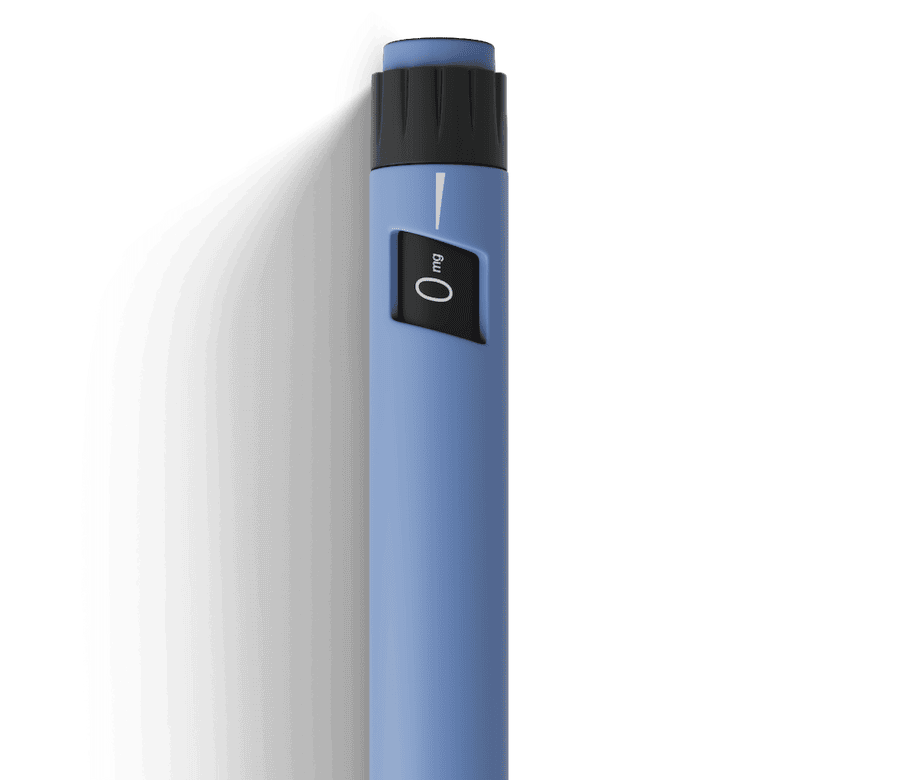
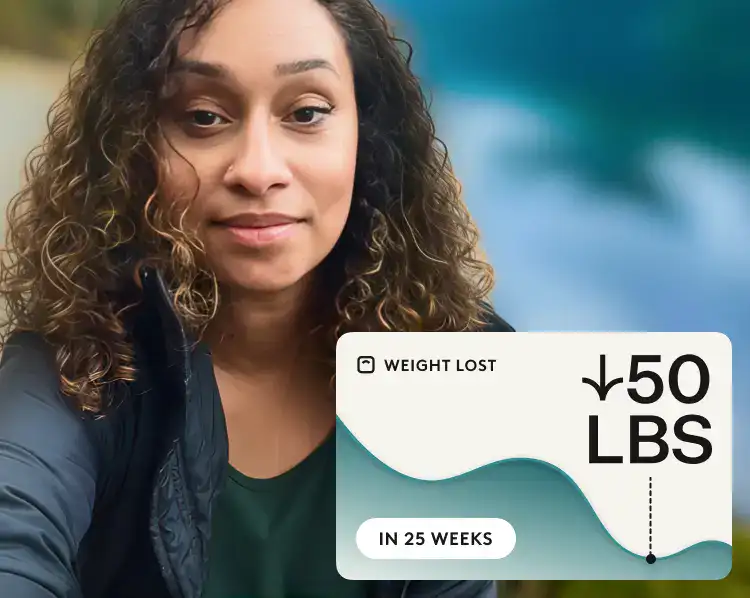
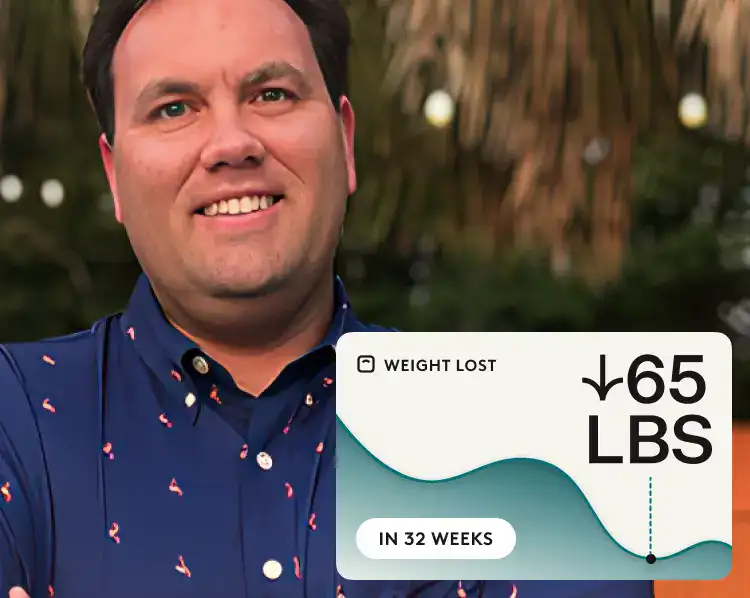
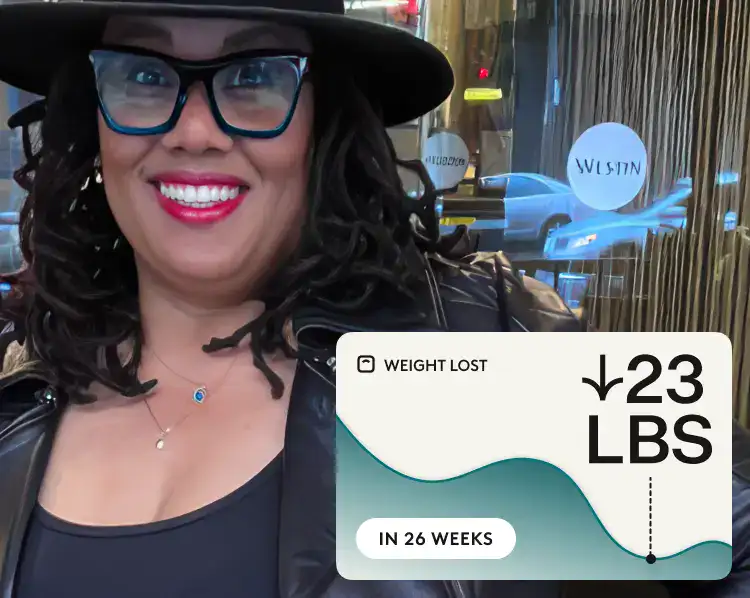
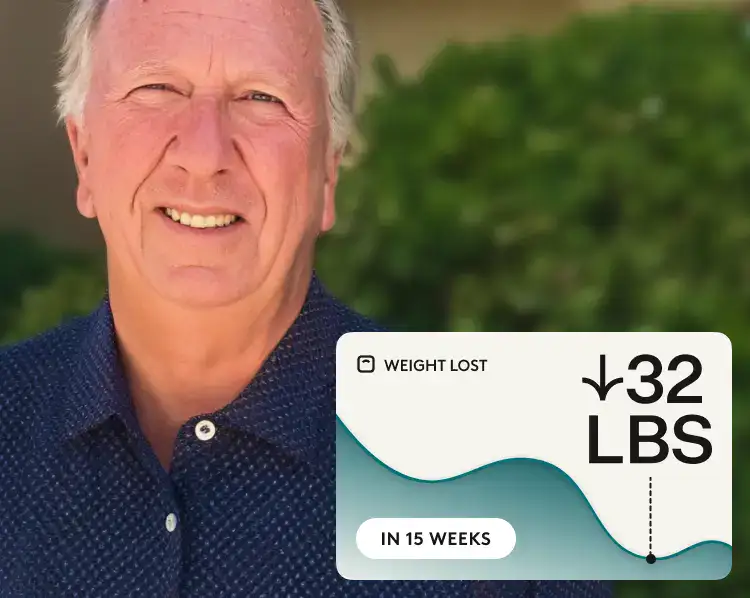
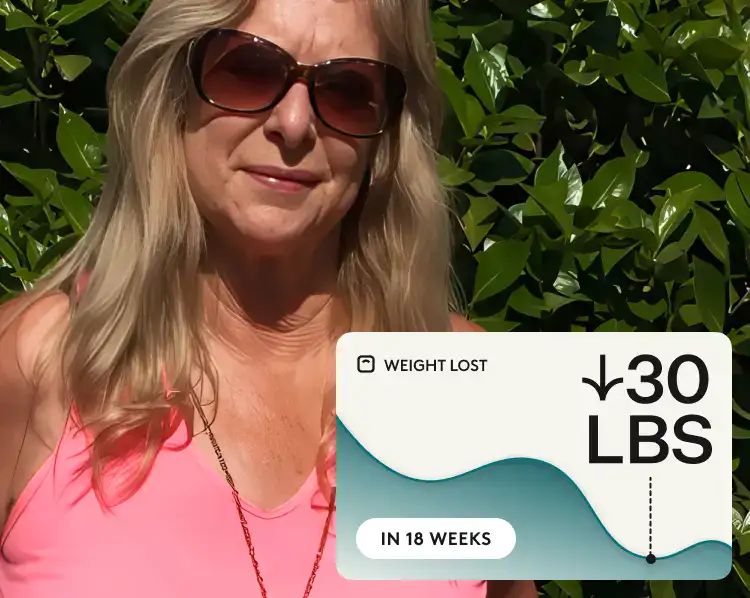
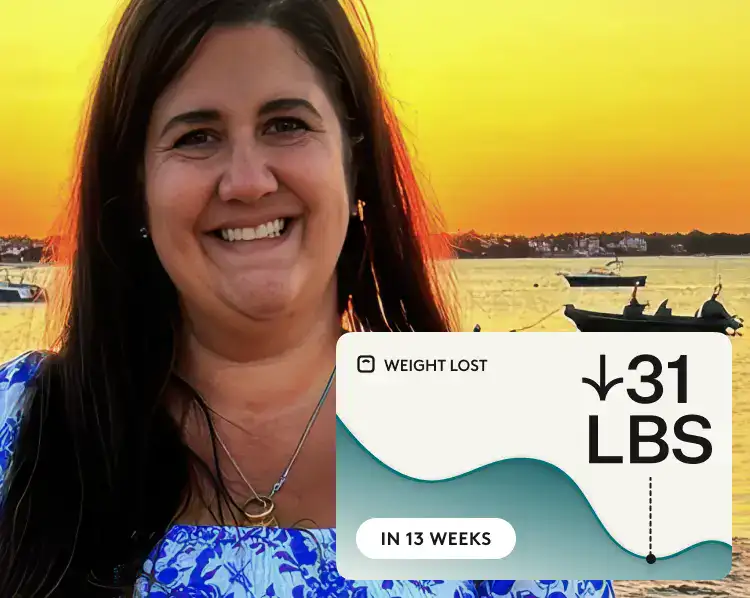
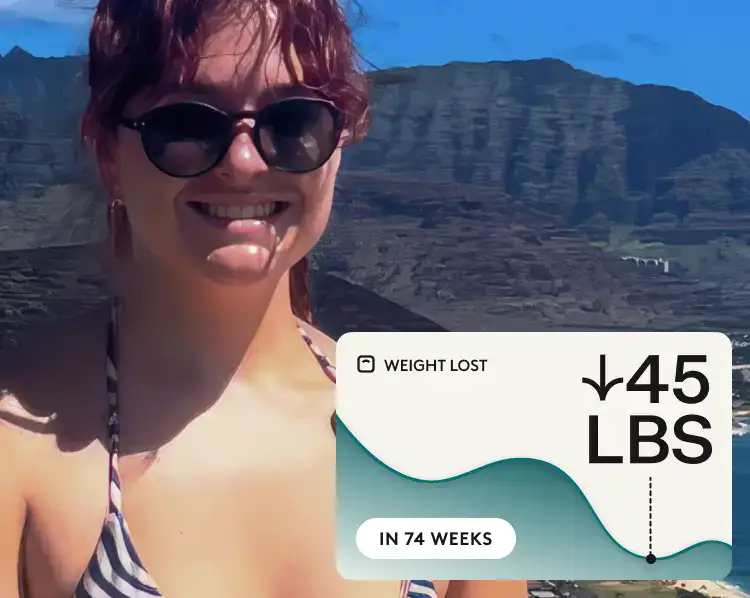
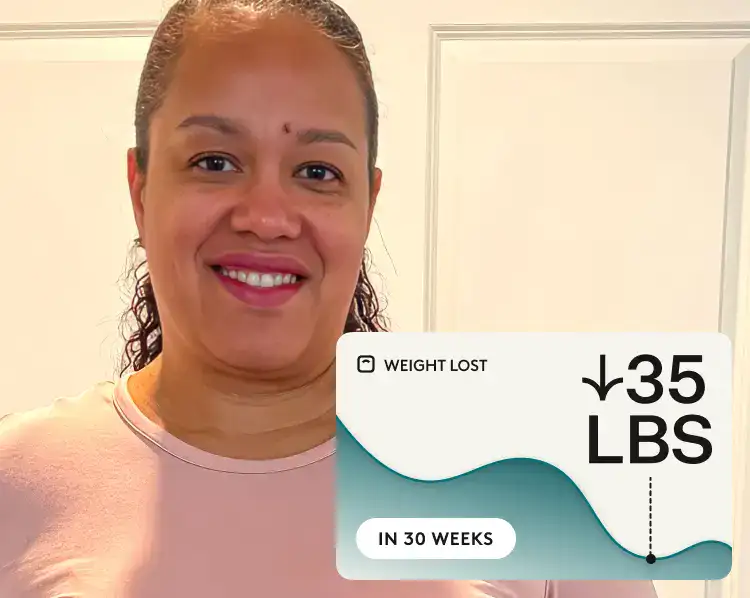
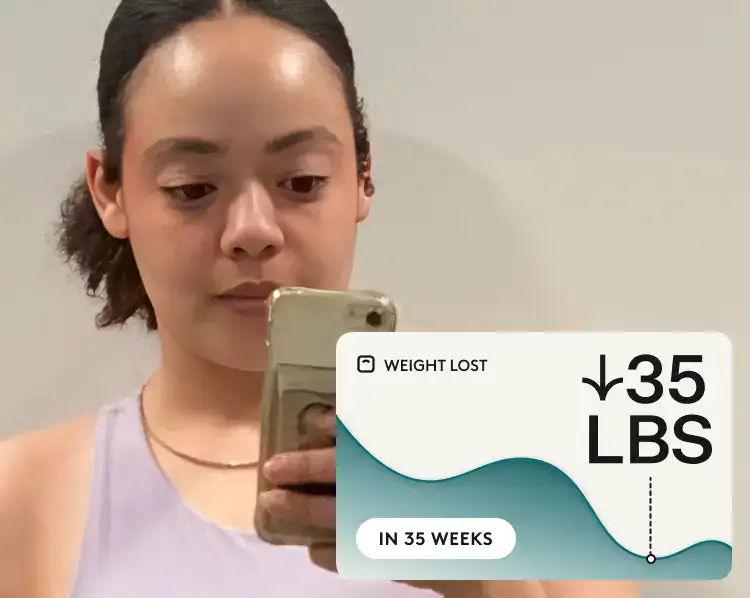
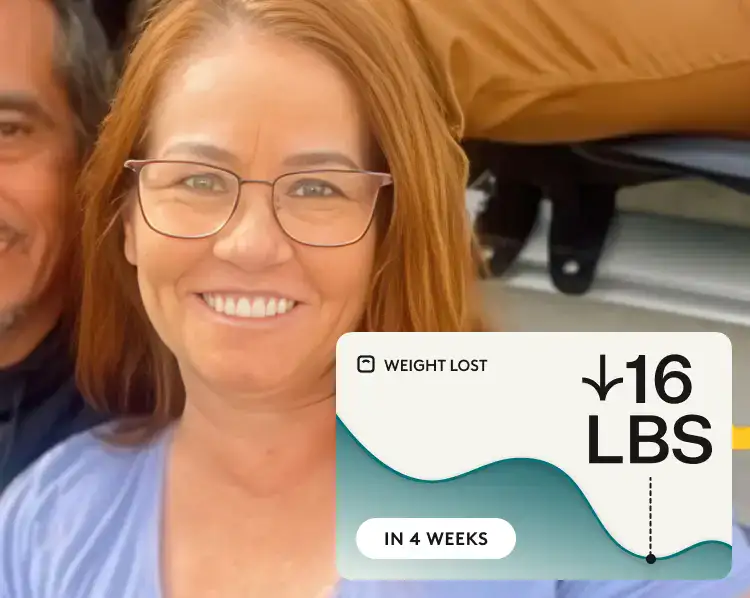
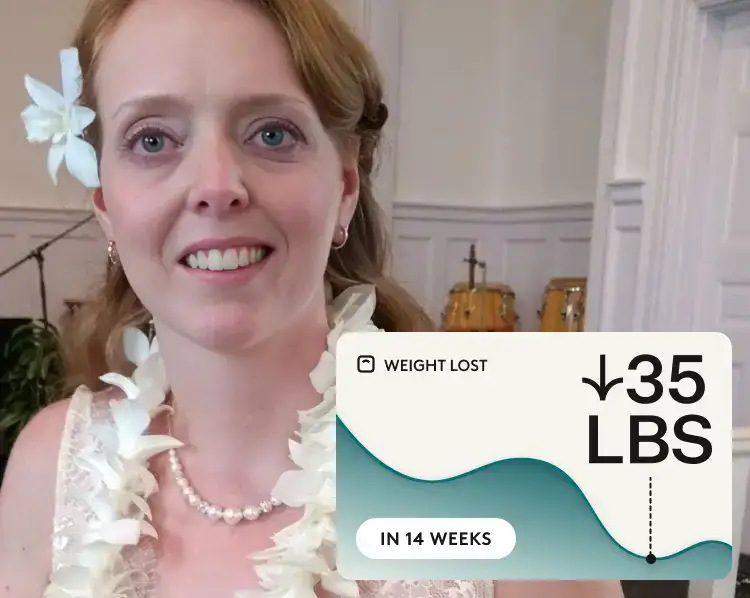

 Noom Team
Noom Team
 Shoshana Fishbein
Shoshana Fishbein